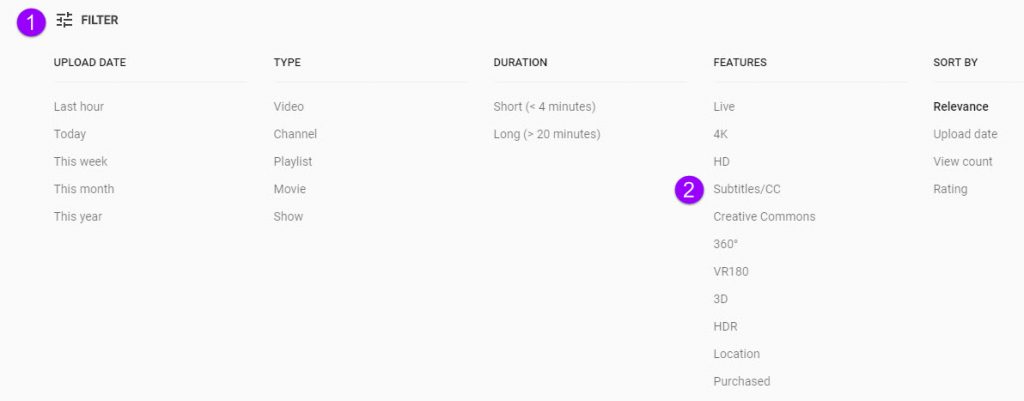
Educause is the largest community of technology, academic, industry, and campus leaders advancing higher education through the use of IT. The Educause annual conference gathers people from around the world to share ideas and discover solutions to today’s challenges.
Creating the STELAR Experience: University Center’s Impact on Educational Transformation.
Brett Coup, Associate Vice President for Academic Technology (St. Thomas eLearning and Research- STELAR)
Peter Weinhold, Director of Academic Technology (STELAR)
Delivering Course Materials Inside the LMS: An ITS and Libraries Partnership
Greg Argo, Associate Director for Access & Digital Services (St. Thomas Libraries)
Trent Brager, Education and Social Sciences Librarian (St. Thomas Libraries)
Glori Hinck, Instructional Designer and Research Manager (STELAR)

OLC Accelerate is the premier global gathering covering the field of online learning in higher education. The conference is devoted to driving quality online learning, advancing best practice guidance, and accelerating innovation in learning for academic leaders, educators, administrators, online learning professionals, and organizations around the world.
Development of an Online Student Orientation: Supporting Success in the Digital Environment
Jo Montie, Online Learning Support Systems Manager (STELAR)
Hyflex Course Delivery: Learner Choice, Equivalency, Reusability, Accessibility
Glori Hinck, Instructional Designer and Research Manager (STELAR)
Town Hall: Professional Development and Support
Glori Hinck, Instructional Designer and Research Manager (STELAR)
Stay tuned for highlights from these conferences in a future post!
This post was written by Glori Hinck, an Instructional Designer for the St. Thomas E-Learning and Research (STELAR) Center at the University of St. Thomas in St. Paul, Minn. To learn more about this topic, please visit our website at www.stthomas.edu/stelar or email us at stelar@stthomas.edu.

 g online experiences with the lens of UDL, using a tool like VoiceThread, is a better way to plan for accessibility because it’s a holistic approach that supports all learners.
g online experiences with the lens of UDL, using a tool like VoiceThread, is a better way to plan for accessibility because it’s a holistic approach that supports all learners.